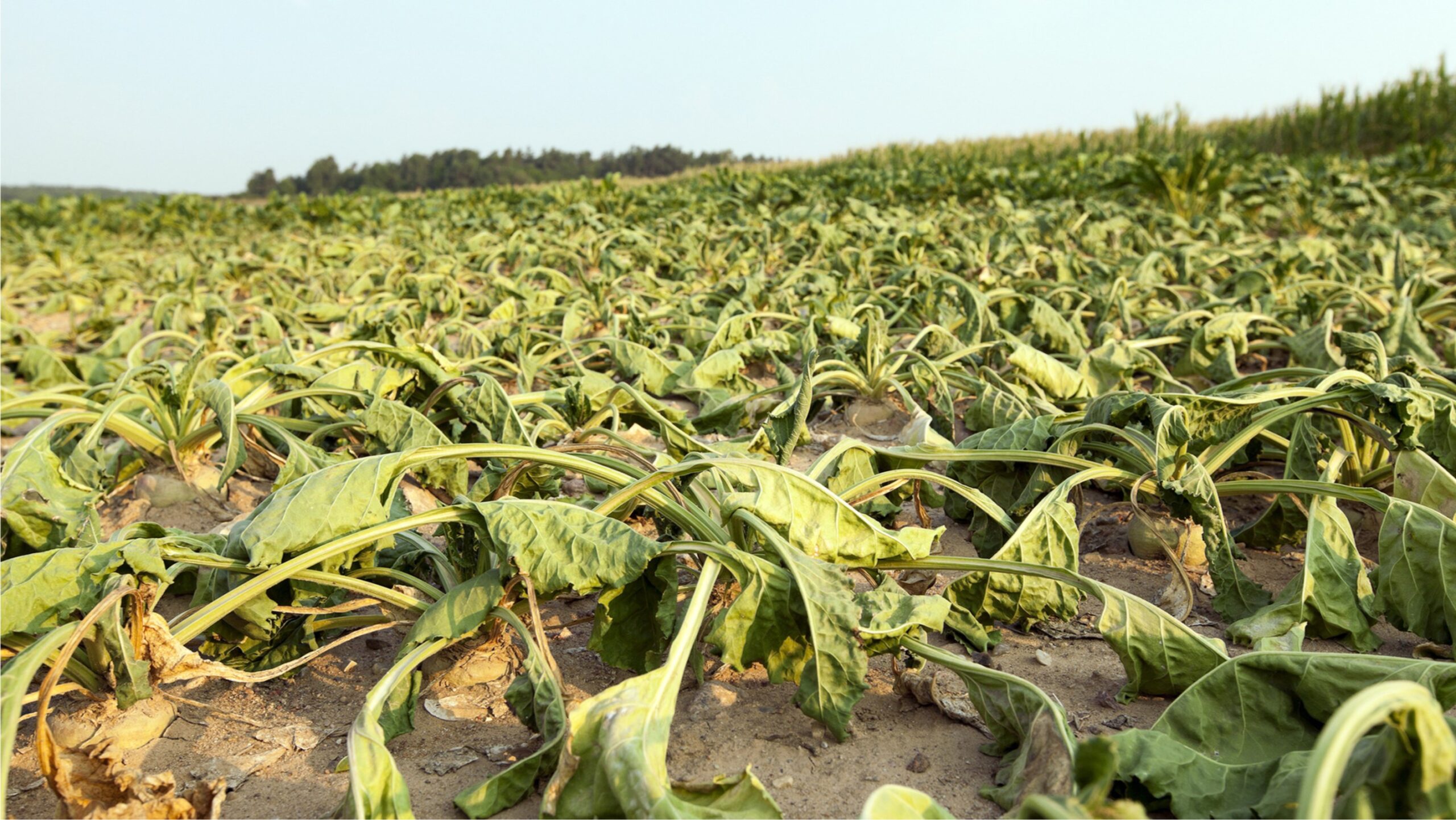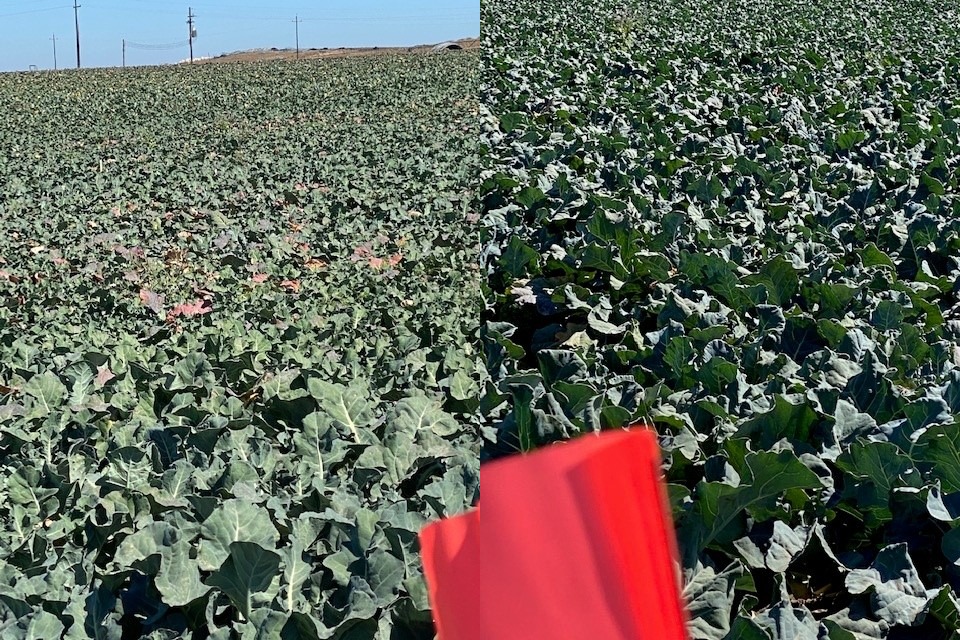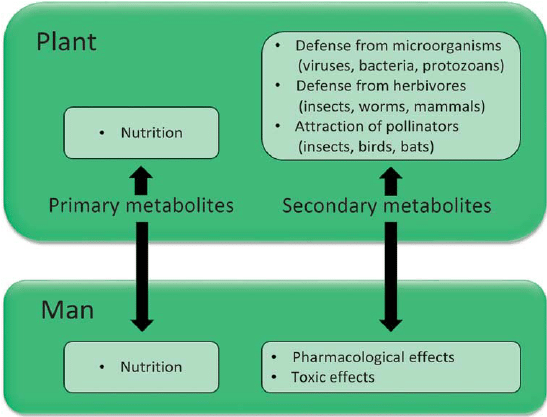
by Deac Jones | Feb 15, 2024 | News
Plant metabolism basically can be divided into primary metabolism, which encompasses reactions and pathways vital for survival, and secondary metabolism, which fulfills a multitude of important functions for growth and development, including the interaction of the plant with environmental stresses.

by Deac Jones | Jul 20, 2023 | News
Plant phenols, which are a type of secondary metabolite found in plants, can play a role in mitigating heat stress. Heat stress and plants can occur when temperatures rise above the optimal range for their growth and development, leading to various physiological and biochemical changes.

by Deac Jones | Sep 7, 2022 | News
This current heat wave has put considerable stress on our crops. Under stress, crops become less efficient in processing nutrients as their metabolism (photosynthesis, respiration, and the synthesis and degradation of organic compounds) slows down.
Higher nighttime temperatures are especially concerning. It has been known since 1939 (Laude, et al.) that plants’ response to heat stress fluctuates between day and night – if you apply heat stress to a plant during the middle of the day, it is much more likely to survive than if you applied the same heat stress at night. Plants’ daily cycle of heat resistance is a strategy that protects plants from the hottest parts of the day while saving energy at night.

by Deac Jones | Aug 1, 2022 | News
Lignin is made up of carbon-based aromatic rings with various side chains found in the hard secondary cell walls of vascular plants. Soil organic matter (SOM) stores carbon in complex compounds like lignin, and releases carbon as CO2, primarily through microbial decomposition but also through abiotic factors.
The problem with lignin is that it takes time to break down and become useful in a soil environment or profile. In a wooden match burning, the lignocellulosic structure of the wood breaks down quickly into vapors comprised of phenols, carbon, and organic acids which are immediately lost to the atmosphere in the burning process when exposed to air.

by Deac Jones | Feb 2, 2022 | News
Plants are one of the most successful forms of life on earth, despite their inability to move about. Since they can’t flee inhospitable conditions, they have evolved numerous physical and biochemical coping mechanisms, enabling their own pollination and seed dispersals, combating variations in climatic conditions, deploying herbivore deterrents, creating barriers to pathogen invasions, and mitigating biotic and abiotic stresses.
Primary metabolites are involved in nutrition and the basic essential metabolic processes inside the plant. Secondary plant metabolites (SMs) help the plant adapt to changing conditions. Secondary metabolites may also inhibit the growth of competitor plants (allelopathy). Pigments (such as terpenoid carotenes, phenolics, and flavonoids) color flowers and, together with terpene and phenolic odors, attract pollinators. It makes sense for growers to promote the production of secondary metabolites to naturally make the plant more “bulletproof.”






